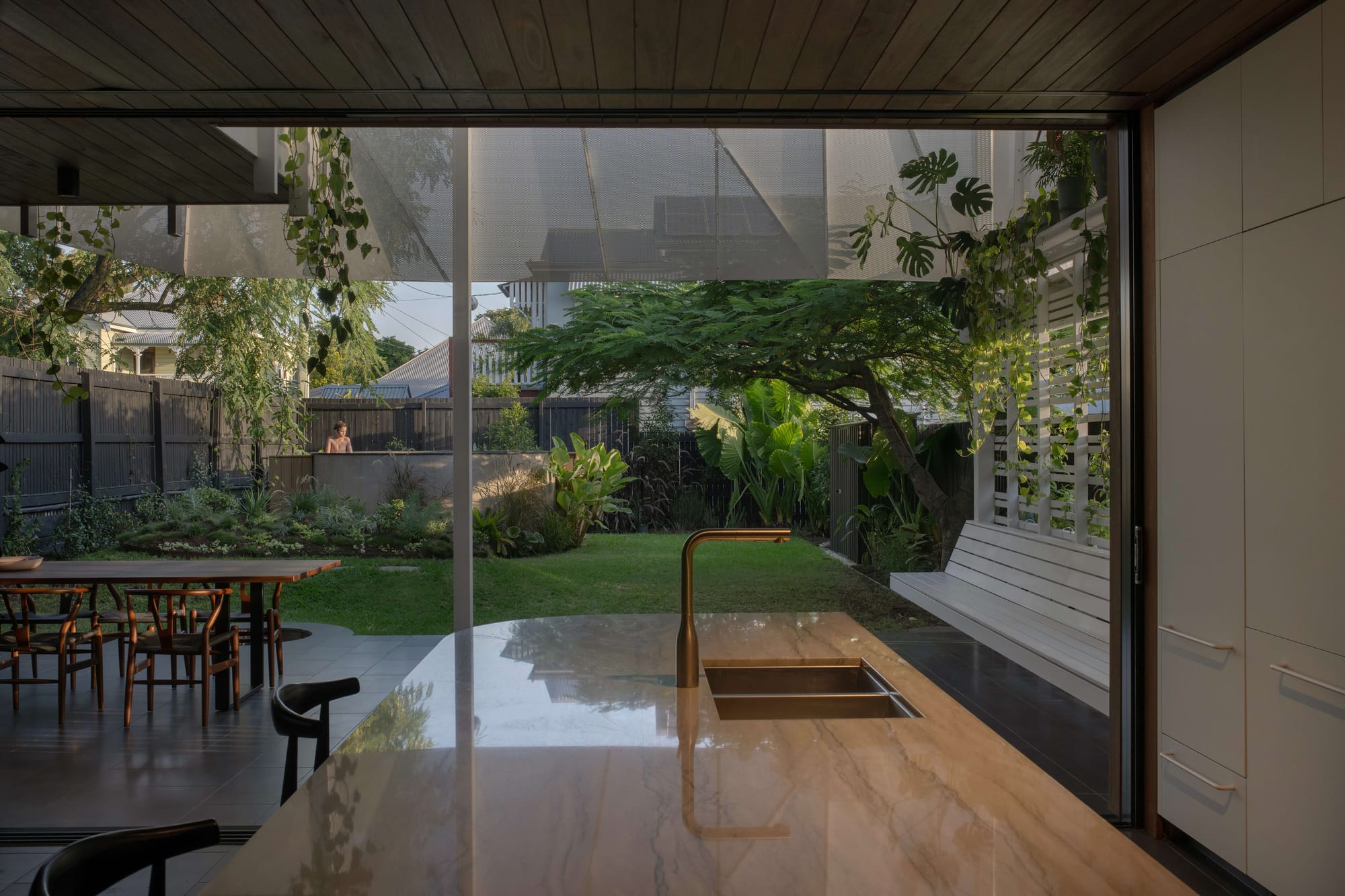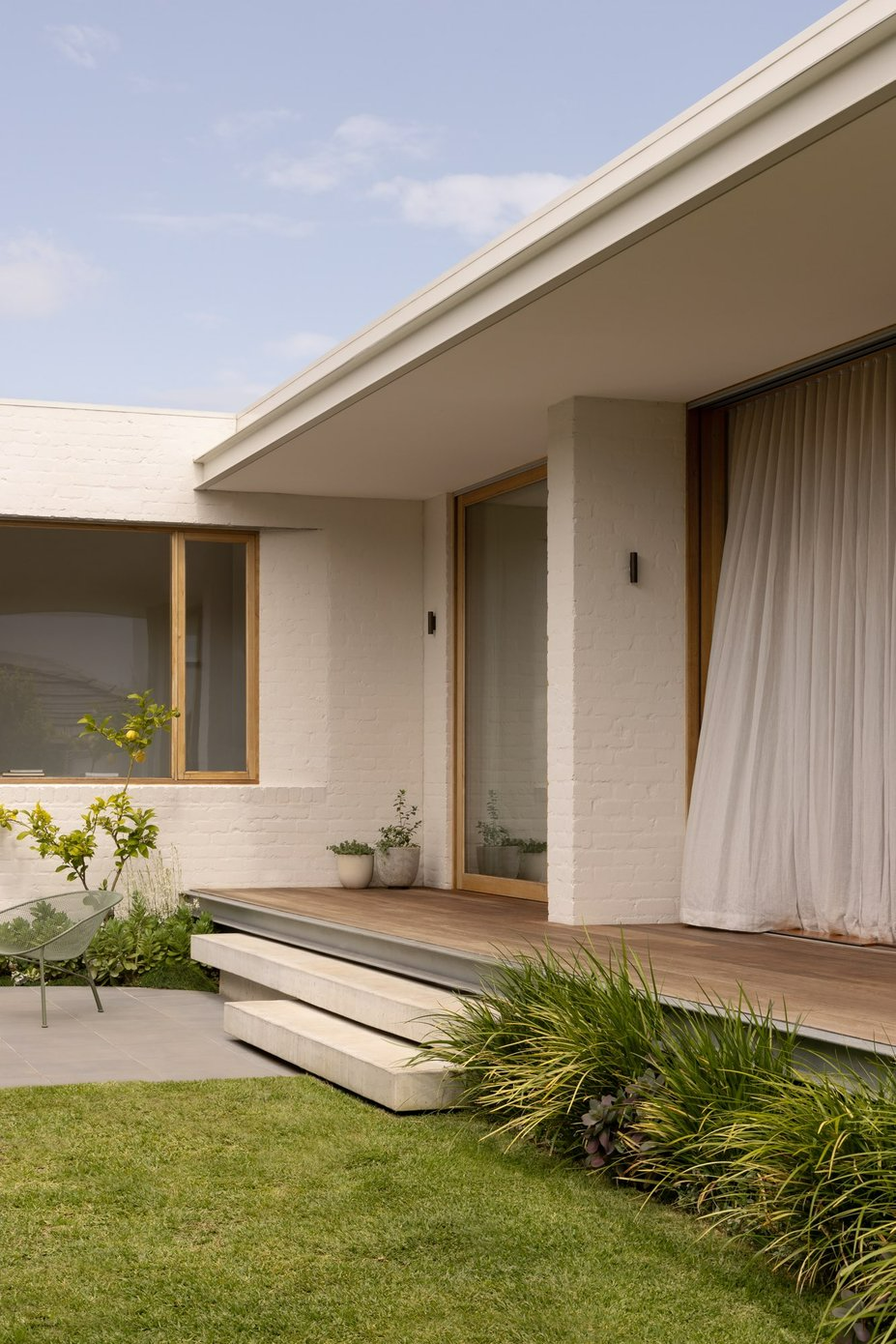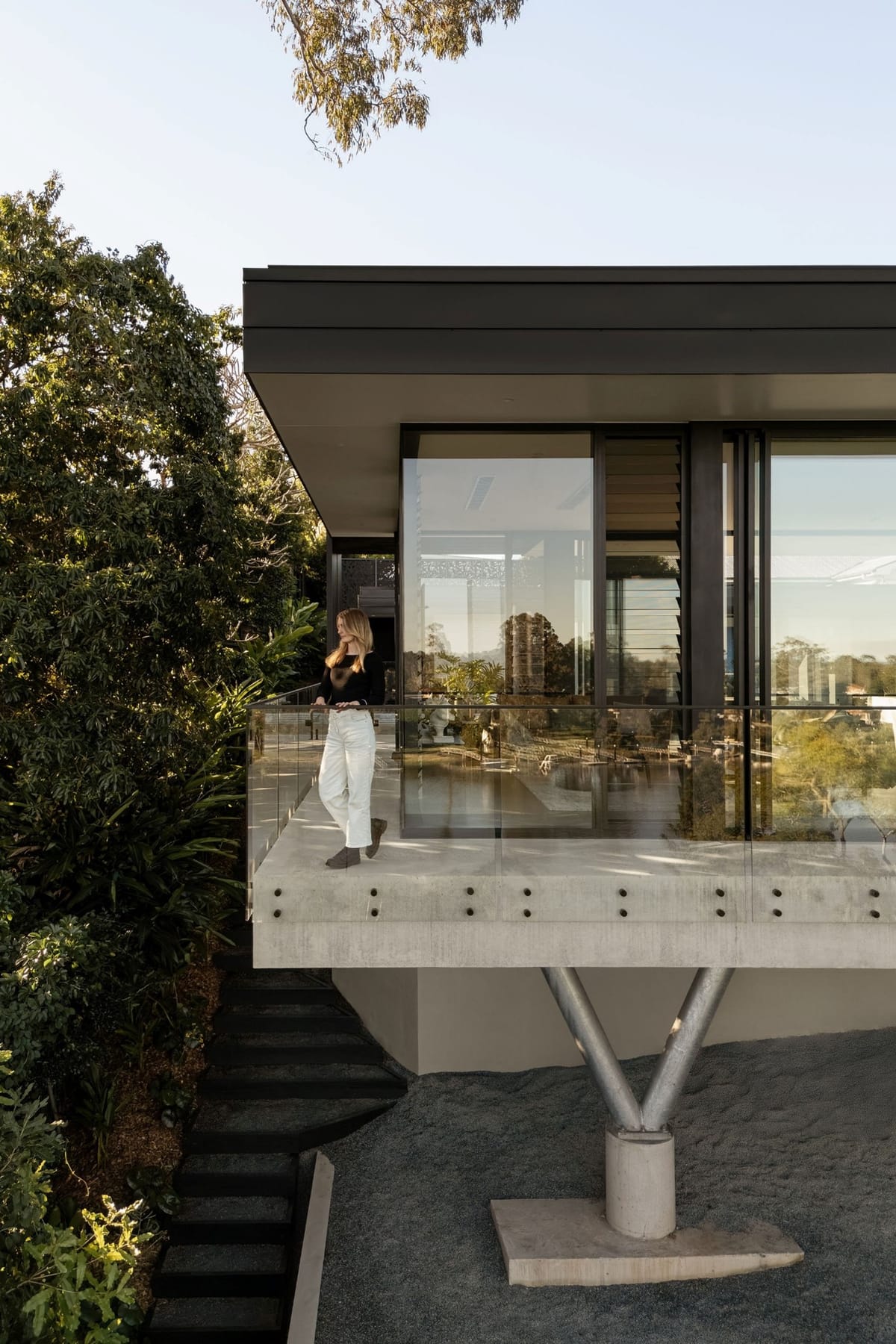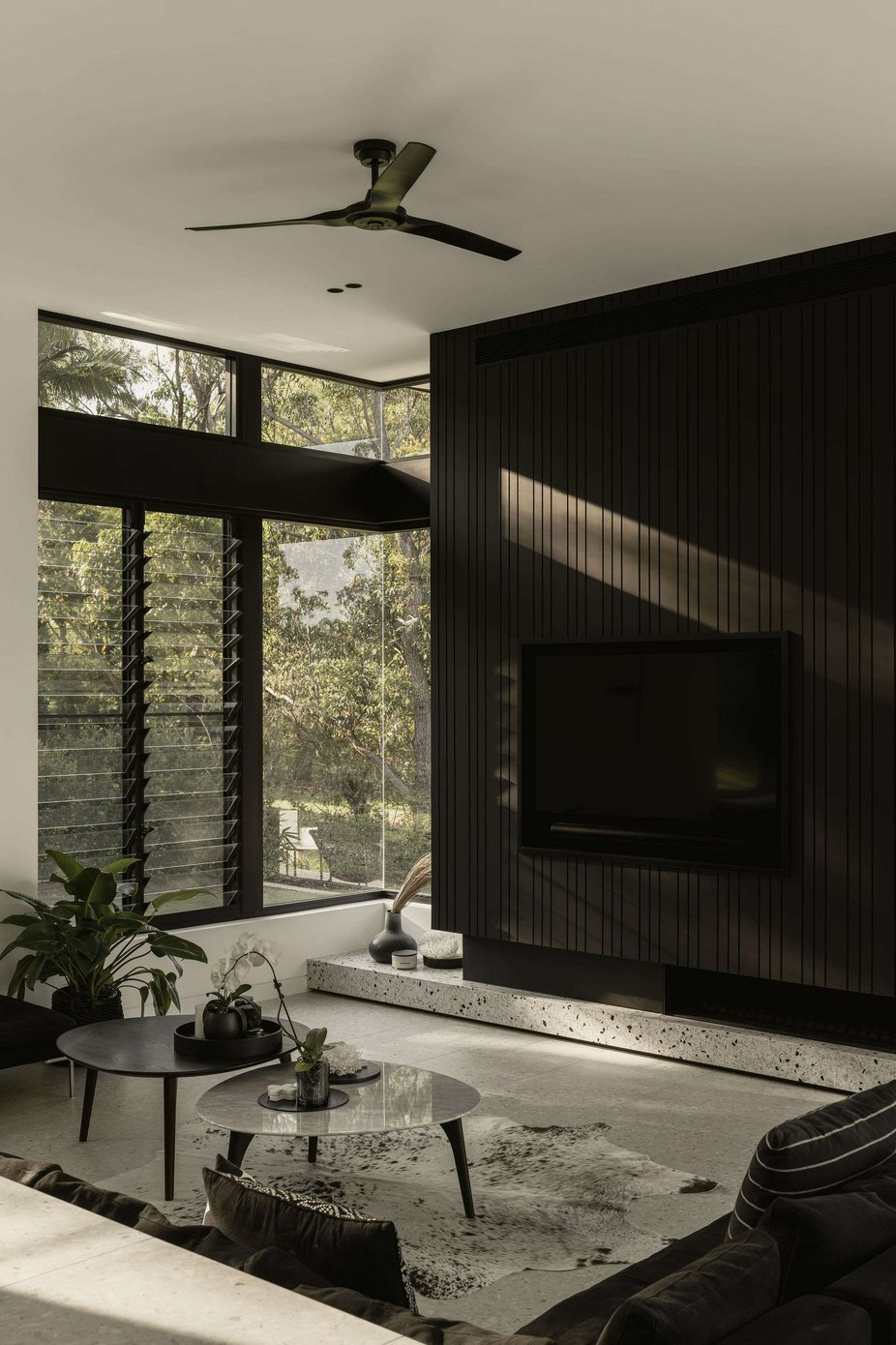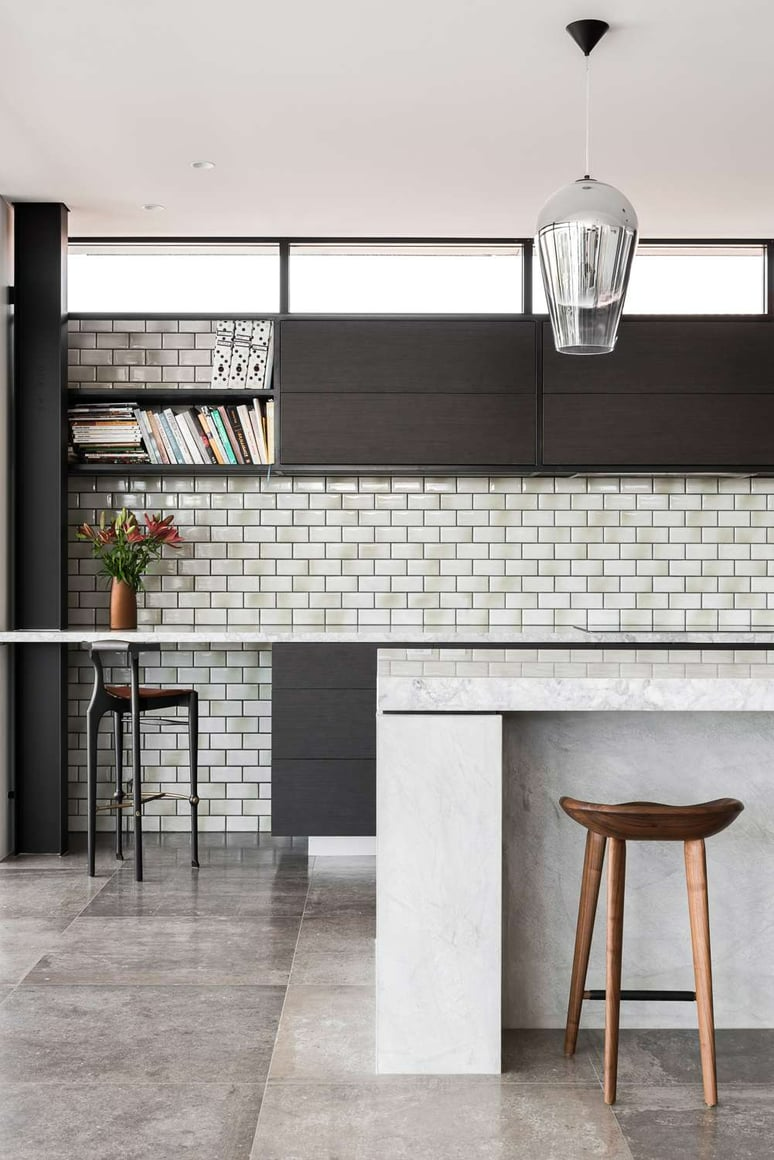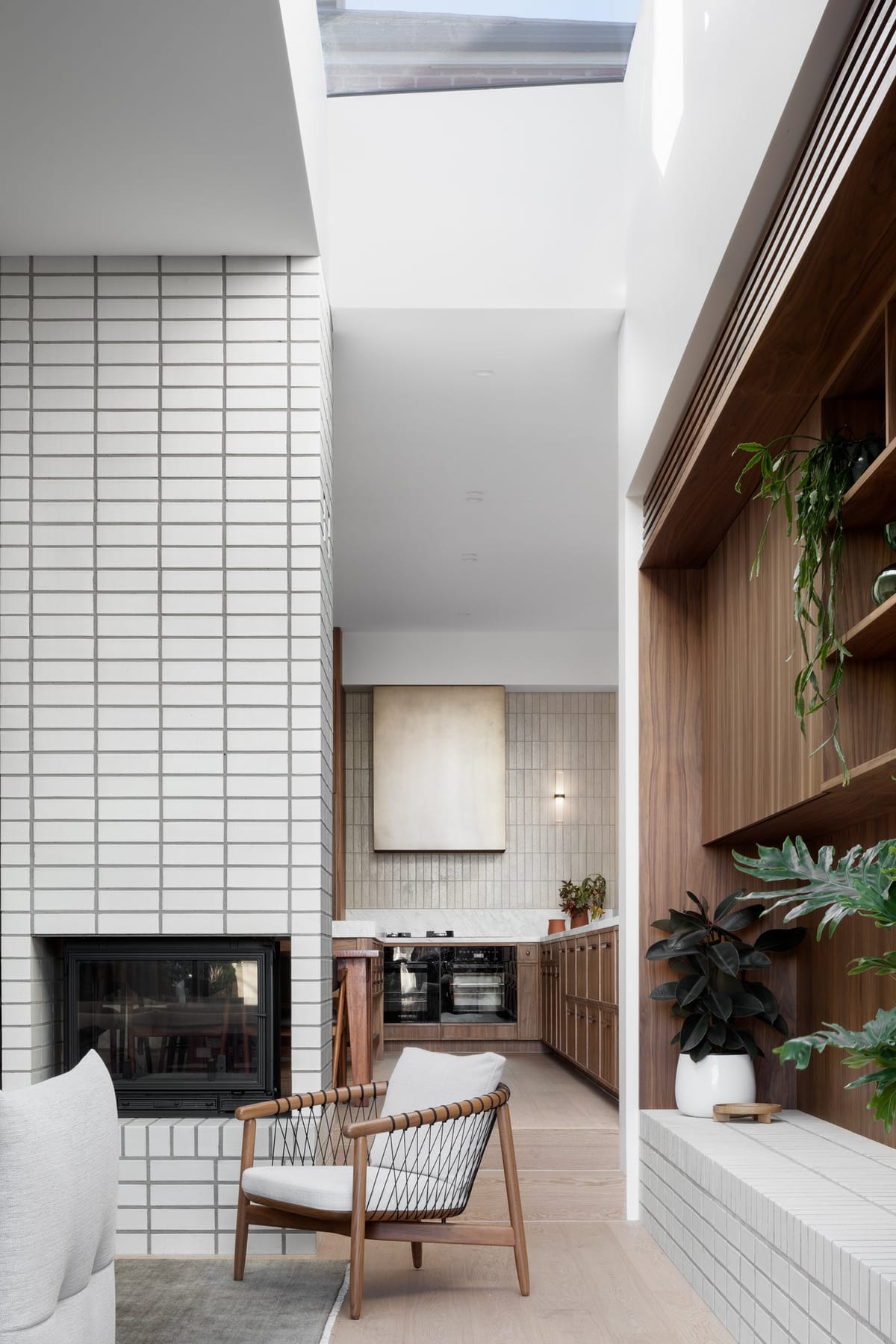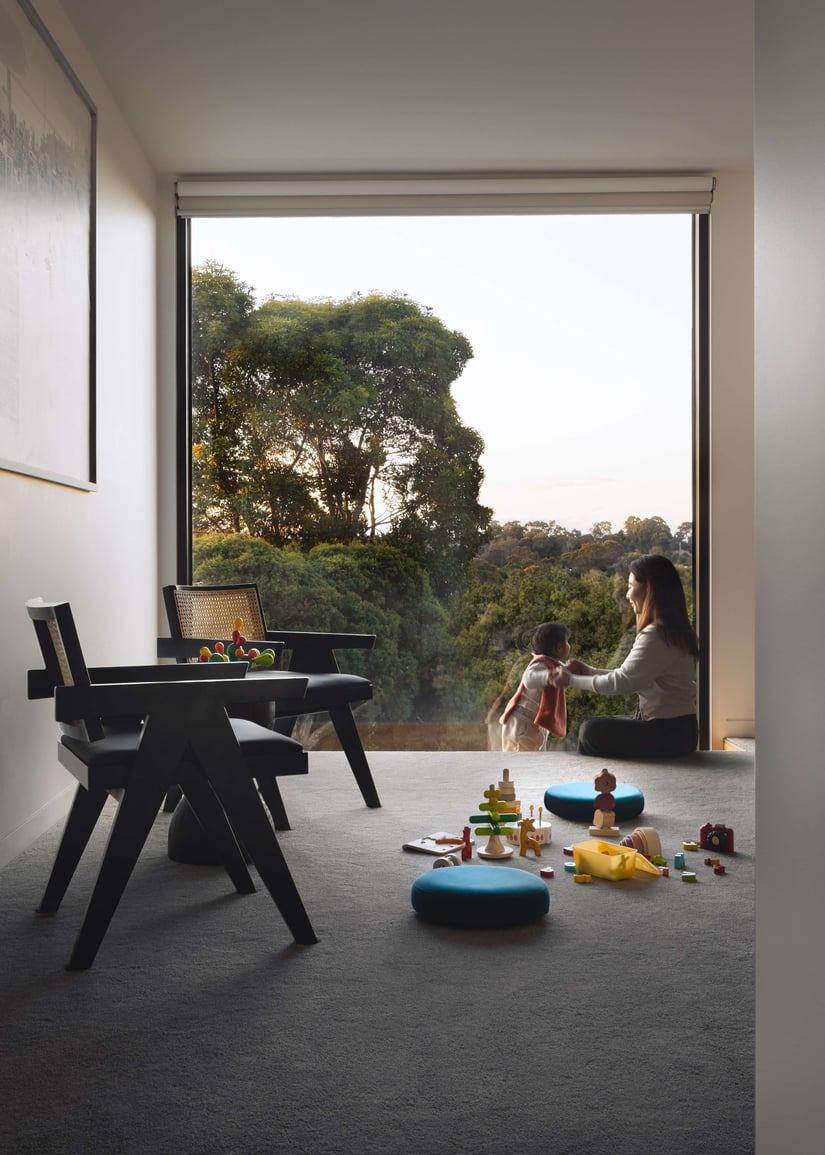If your home is starting to show its age or no longer reflects the way you live, you’re not alone in asking one of the biggest questions an Australian homeowner can face: should we renovate, or start fresh and rebuild?
It’s more than a question of cost — it’s about lifestyle, identity, and imagining the next chapter of home. Whether you’re raising a young family in a growing suburb, downsizing after decades, or simply wanting more comfort and light, the path you choose will shape your day-to-day experience and future value.
This guide unpacks the emotional and practical sides of both options. We'll explore how to weigh the decision, where design and value intersect, and how to plan a process that reflects who you are — and who you're becoming.
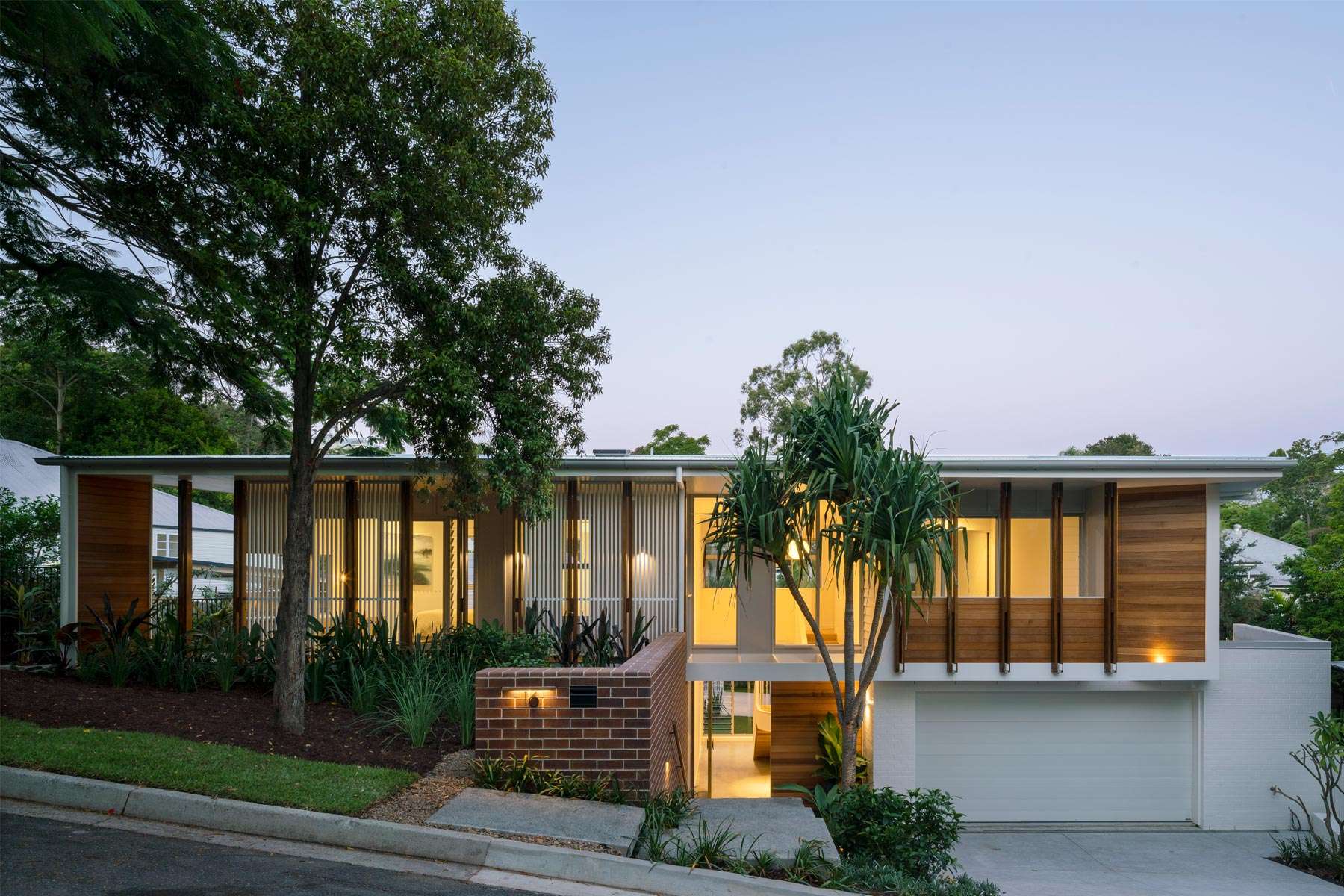
Renovating vs Rebuilding: What’s the Difference?
Renovating is about evolving what you already have. It might be restoring original timber floors, opening up a kitchen to morning sun, or layering old bones with new textures that bring your home into the now. Renovations preserve the familiar — the established garden, the way light falls in the afternoon — while improving function and liveability.
Rebuilding, by contrast, offers a blank canvas. It invites you to reimagine the way you live entirely. Maybe it's orienting your new living space around the garden, or designing a home that works for multigenerational living or growing teens. Rebuilding often means demolishing the old and creating something wholly new — with all the design freedom and decision-making that entails.
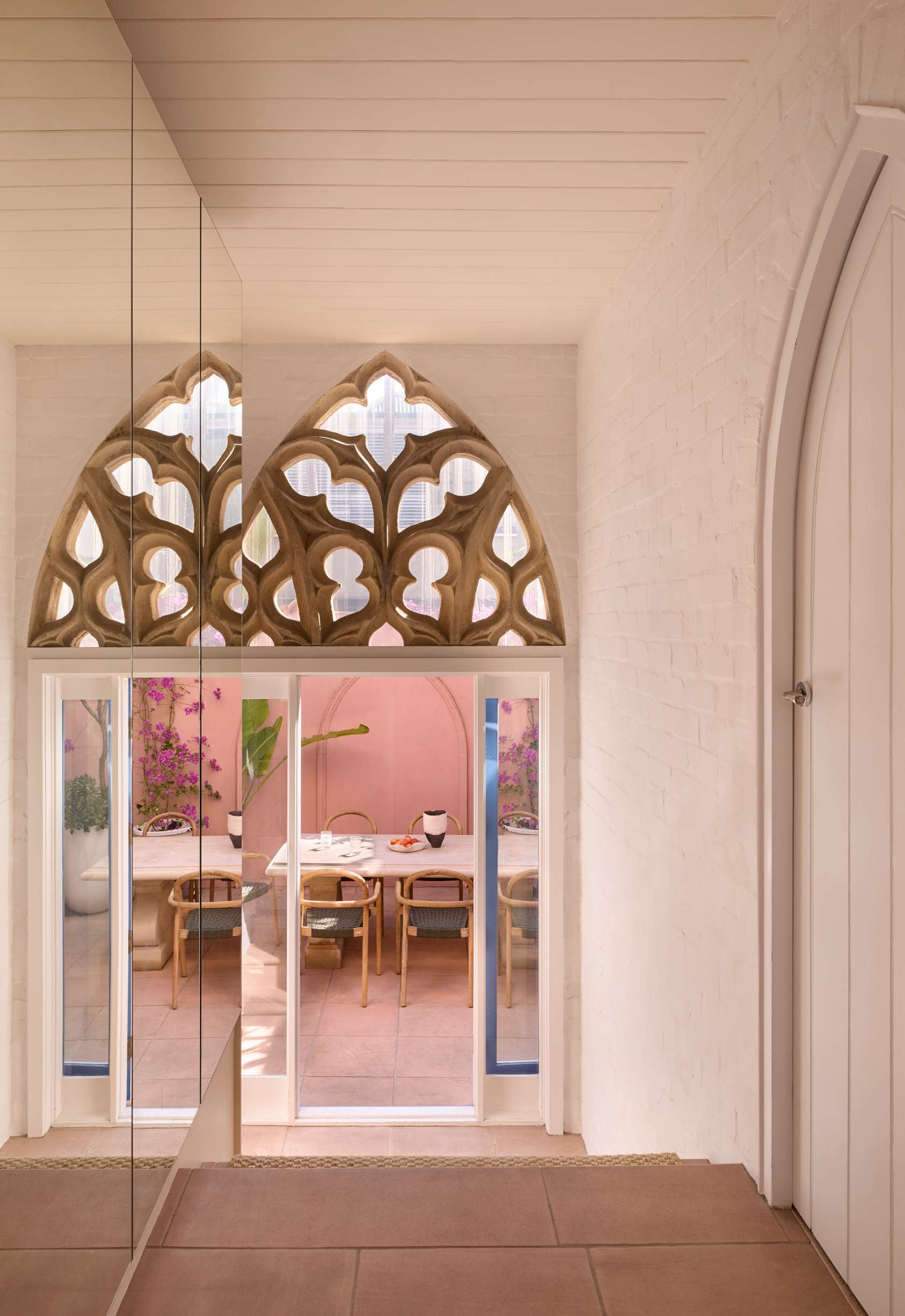
When Renovating Makes Sense
Renovating is a natural choice when your home already has elements you love — maybe it’s the quiet street, the handcrafted cornices, or the way your kids’ rooms are nestled near yours. If the layout works and the structure is sound, updating rooms or improving flow can transform how your home feels, without losing its story.
Renovation makes sense when:
- You want to retain heritage features or architectural charm
- Your home has strong bones but needs reconfiguring
- You’re on a tighter budget or prefer to renovate in stages
- You’d like to stay in your home during the works
- Your suburb has restrictions that limit new builds
Benefits of Renovating:
- Retain character and familiar footprint
- Lower upfront investment (in many cases)
- Less waste, more sustainable
- Often faster planning approvals
Challenges:
- Unforeseen issues (asbestos, wiring, plumbing)
- Difficult to fully modernise layout or energy performance
- Blending old with new can be tricky without good design guidance
Renovating suits homeowners who feel connected to their home’s past — but are ready to reshape it for the future.
Let Us Help You Find the Right Professional
Not sure where to start with finding a builder, architect, or interior designer? We've got you covered. Our network includes trusted, experienced professionals who understand the Australian building landscape — and your unique vision.
Get Matched With the Right Professional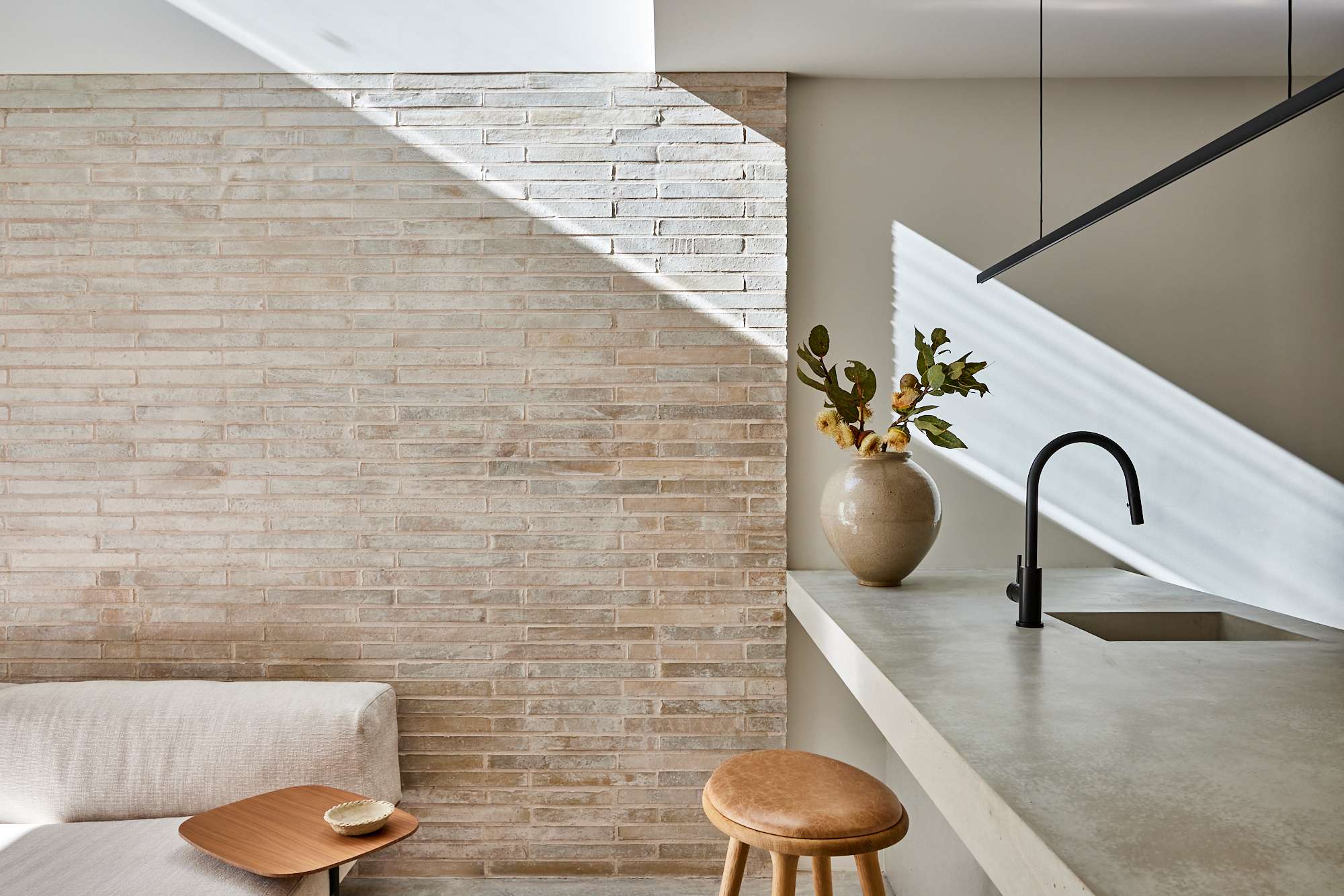
When Rebuilding Is the Better Option
There’s something deeply liberating about starting over. Rebuilding lets you align your home completely with how you want to live now — whether that’s entertaining with ease, working from home, or making space for kids or grandkids.
If your existing home is riddled with structural problems, poorly insulated, or simply no longer suits your needs, rebuilding may deliver better value and long-term comfort.
Rebuilding is ideal when:
- Your renovation plans are extensive or costly
- The existing structure is beyond repair or inefficient
- You want better orientation, natural light, or thermal comfort
- Your suburb supports growth or you’re seeking strong resale
Benefits of Rebuilding:
- Complete freedom over layout, materials, and design
- Can optimise for sustainability and energy efficiency
- Often greater appeal in future resale
- Lower long-term maintenance costs
Challenges:
- Higher initial costs, including demolition
- Longer timeline from planning to completion
- More approvals and potential for neighbour objections
Rebuilding is often the right choice when your needs — or the block itself — demand a bigger shift.
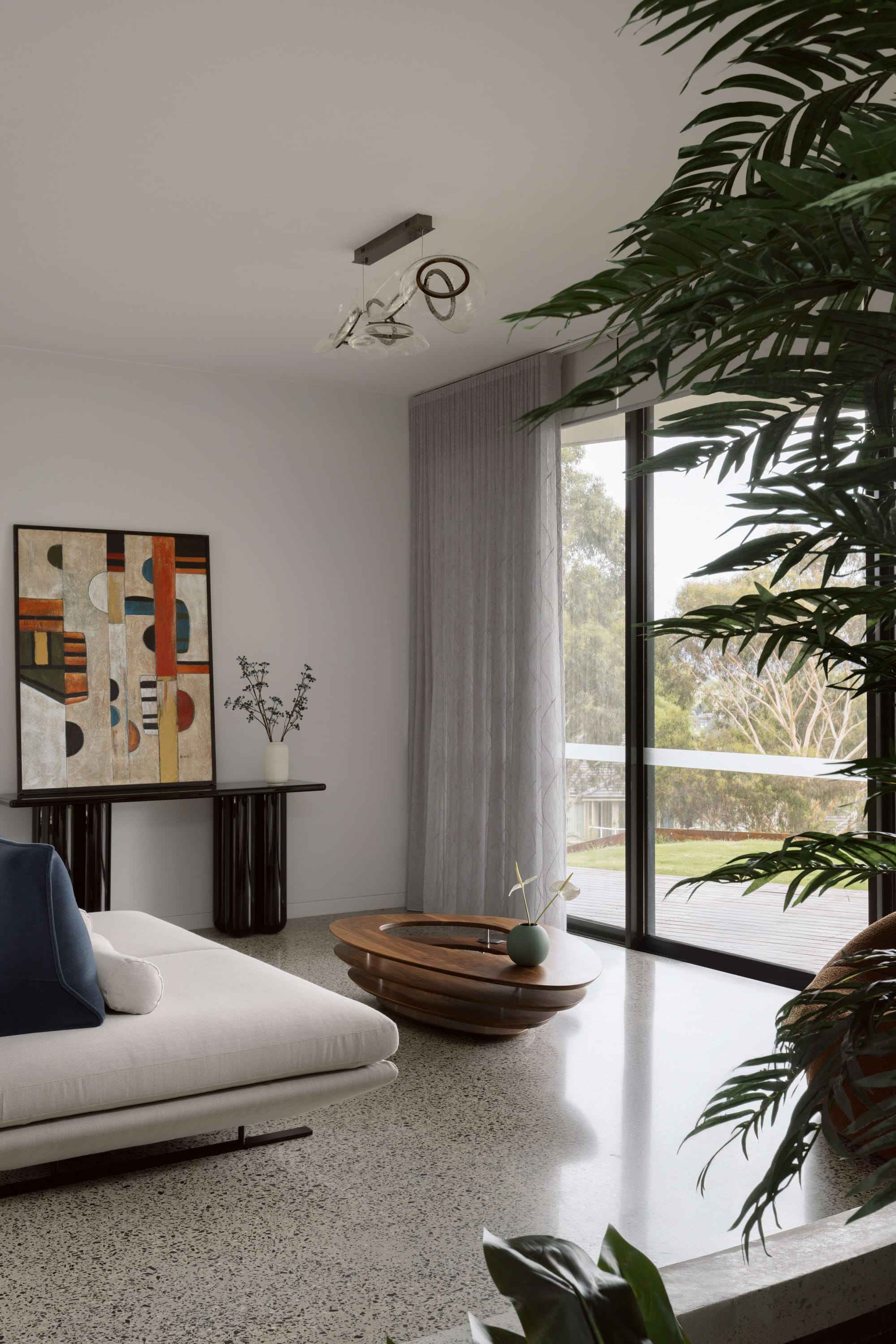
Cost Considerations: Renovate vs Rebuild in 2025
Cost isn’t just about the number on a quote — it’s about what that number includes, and how it shapes your lifestyle long after the work is done.
| Scenario | Estimated Cost (2025) |
|---|---|
| Kitchen renovation | $25,000–$50,000 |
| Full home renovation (3–4 bed) | $250,000–$450,000 |
| Knockdown & rebuild (metro) | $450,000–$800,000 |
Renovating may seem cheaper initially, but older homes can hide surprises that drive up costs. And while renovations can be done in stages, they may extend your disruption over time.
Rebuilding, while more expensive upfront, offers better value per square metre when designing from scratch, and can provide stronger long-term capital growth.
Whichever path you choose, always budget a 10–15% contingency and work closely with a builder or architect who can cost out multiple options.
Let Us Help You Find the Right Professional
Not sure where to start with finding a builder, architect, or interior designer? We've got you covered. Our network includes trusted, experienced professionals who understand the Australian building landscape — and your unique vision.
Get Matched With the Right Professional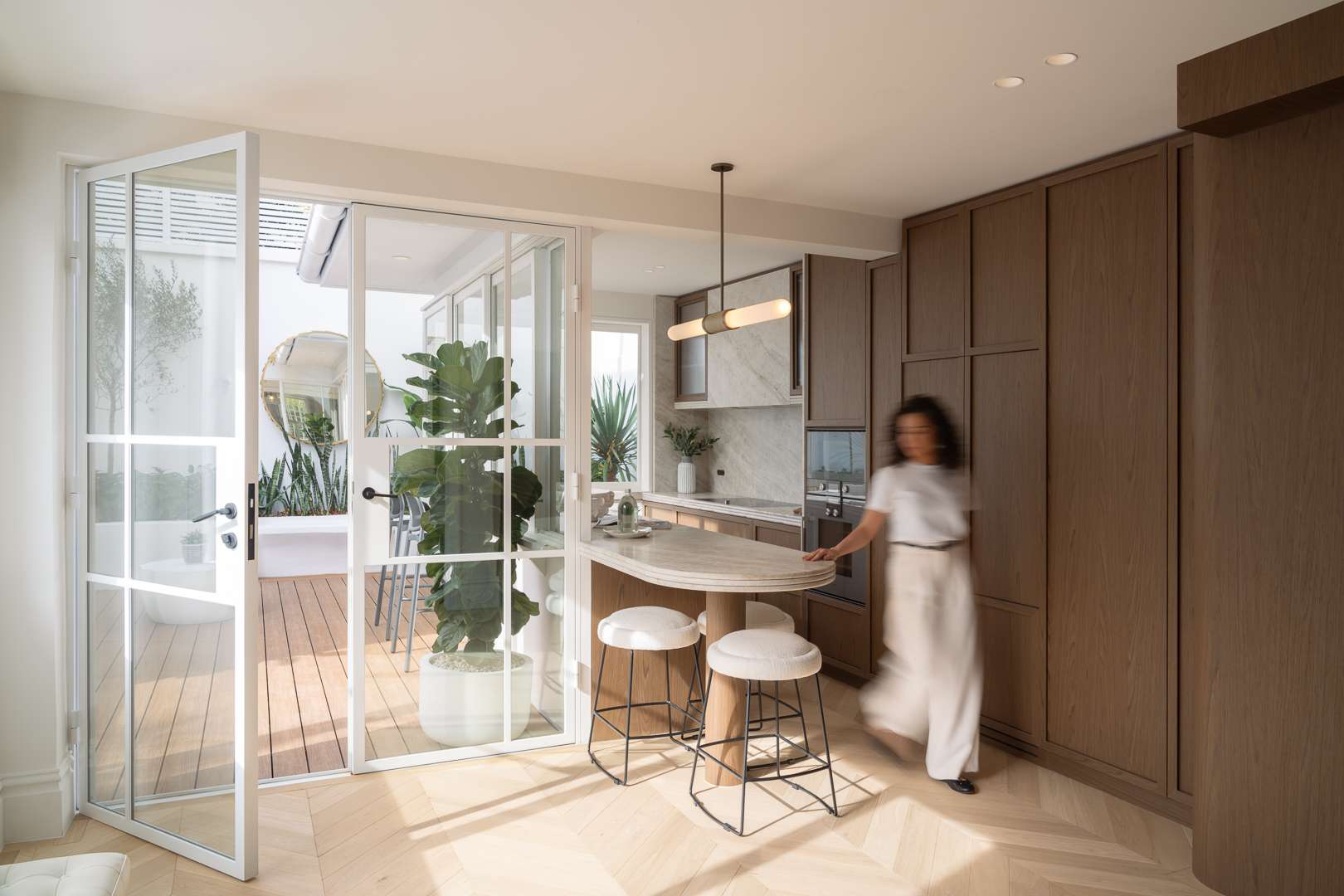
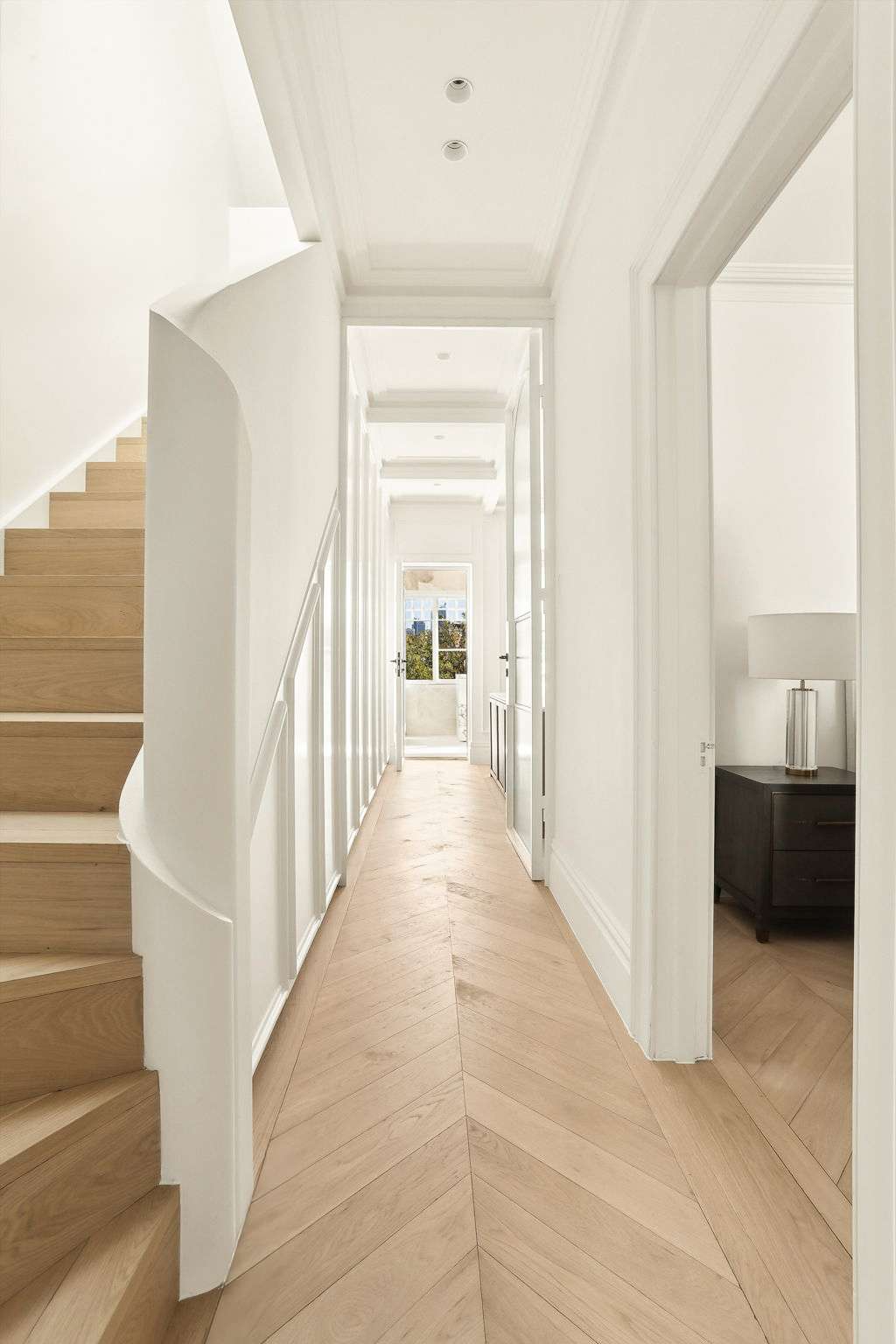
Emotional & Lifestyle Factors
A home is more than bricks and timber — it holds memories, patterns, routines, and feelings.
Ask yourself:
- Do you wake up loving your neighbourhood and garden?
- Is your home’s layout hindering your day-to-day comfort or joy?
- Are you craving a refresh or a full restart?
Sometimes, renovating is about restoring a home’s soul while making it functional. Other times, a rebuild is the most life-giving option, creating something beautiful from the ground up that reflects how your family lives today.
Talk to people who’ve done both. Walk through your home with a designer’s eye. Visualise how you want your home to feel — not just look.
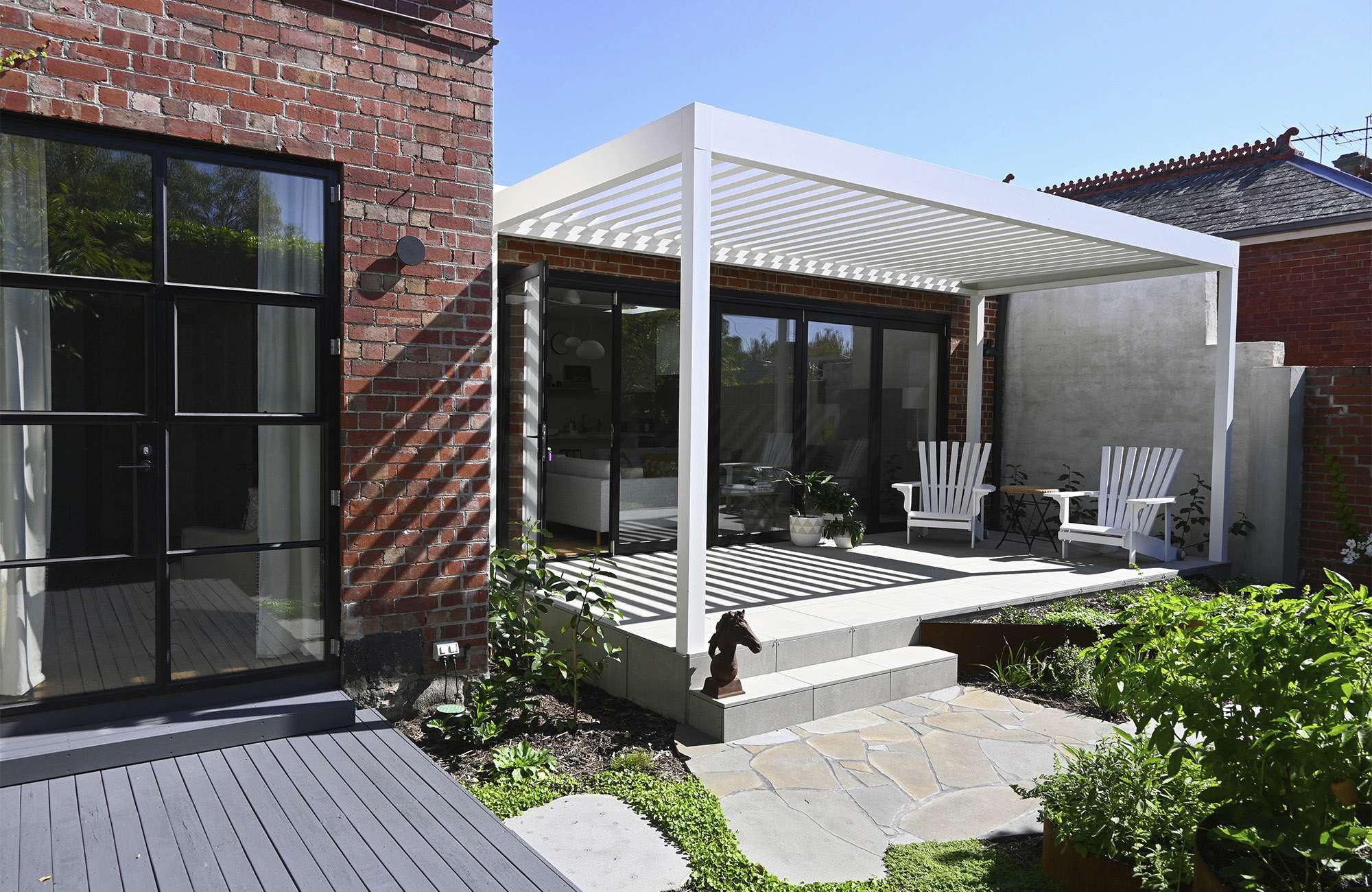
Approvals & Red Tape
Before you dream too big, check your council controls:
Renovations may require:
- Complying Development Certificate (CDC)
- Development Application (DA)
- Heritage approvals (for older homes)
Rebuilds often require:
- DA with demolition and rebuild plans
- BAL (bushfire) and flood assessments
- Infrastructure and contribution fees (in growth areas)
Getting early advice from a town planner, designer, or private certifier can help set expectations and avoid delays.
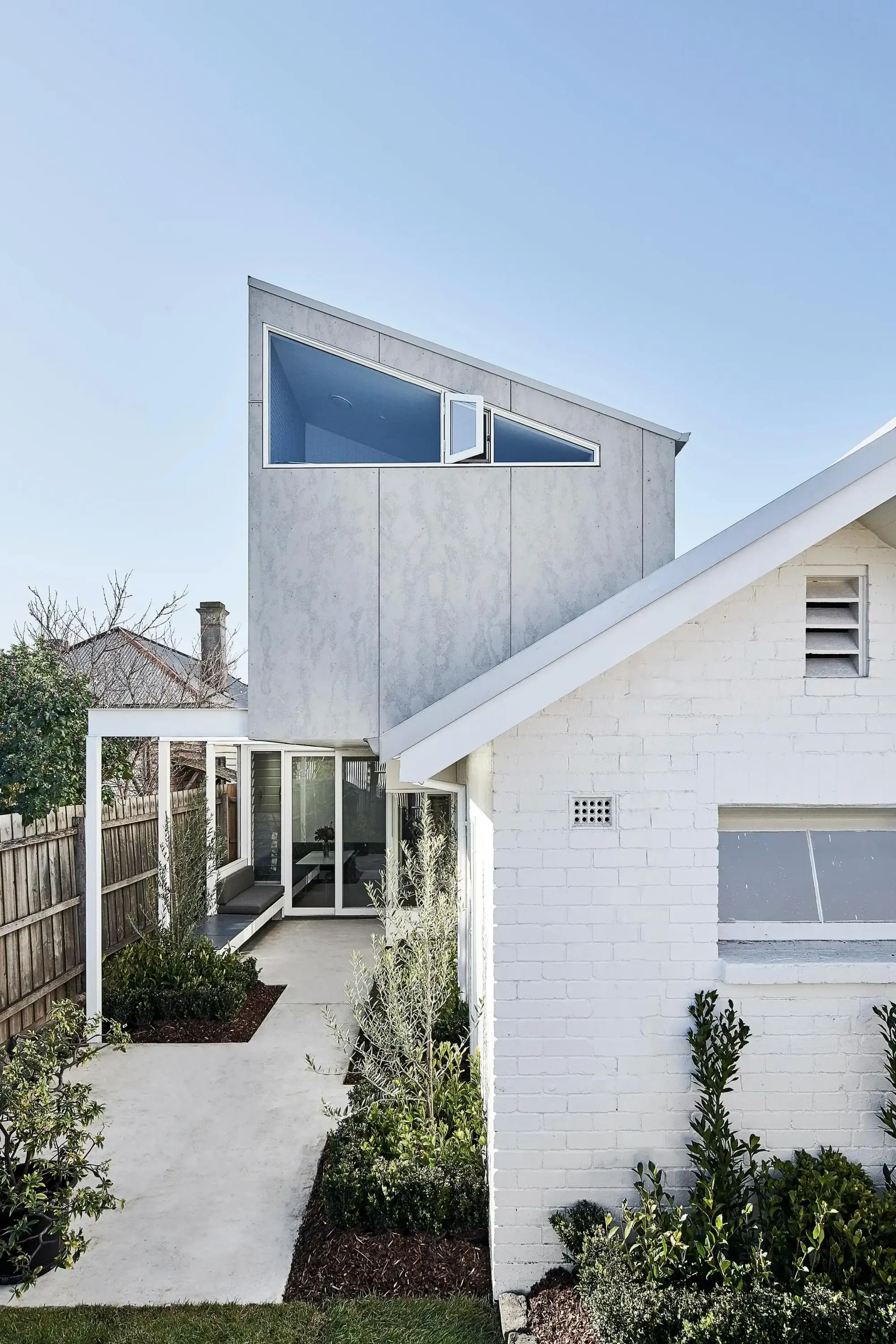
Sustainability and Energy Efficiency
One of the strongest arguments for rebuilding is the ability to start with passive solar orientation, full electrification, and a high-performing thermal envelope. From the position of the house on your block, to insulation, cross ventilation, and solar integration — it’s a powerful opportunity.
That said, good renovations can also lift your home’s performance through:
- Retrofitted insulation
- Efficient glazing
- Induction cooktops and heat pump hot water
- Solar panels and rainwater tanks
Ask your designer how to future-proof your home — whether you're preserving or starting over.
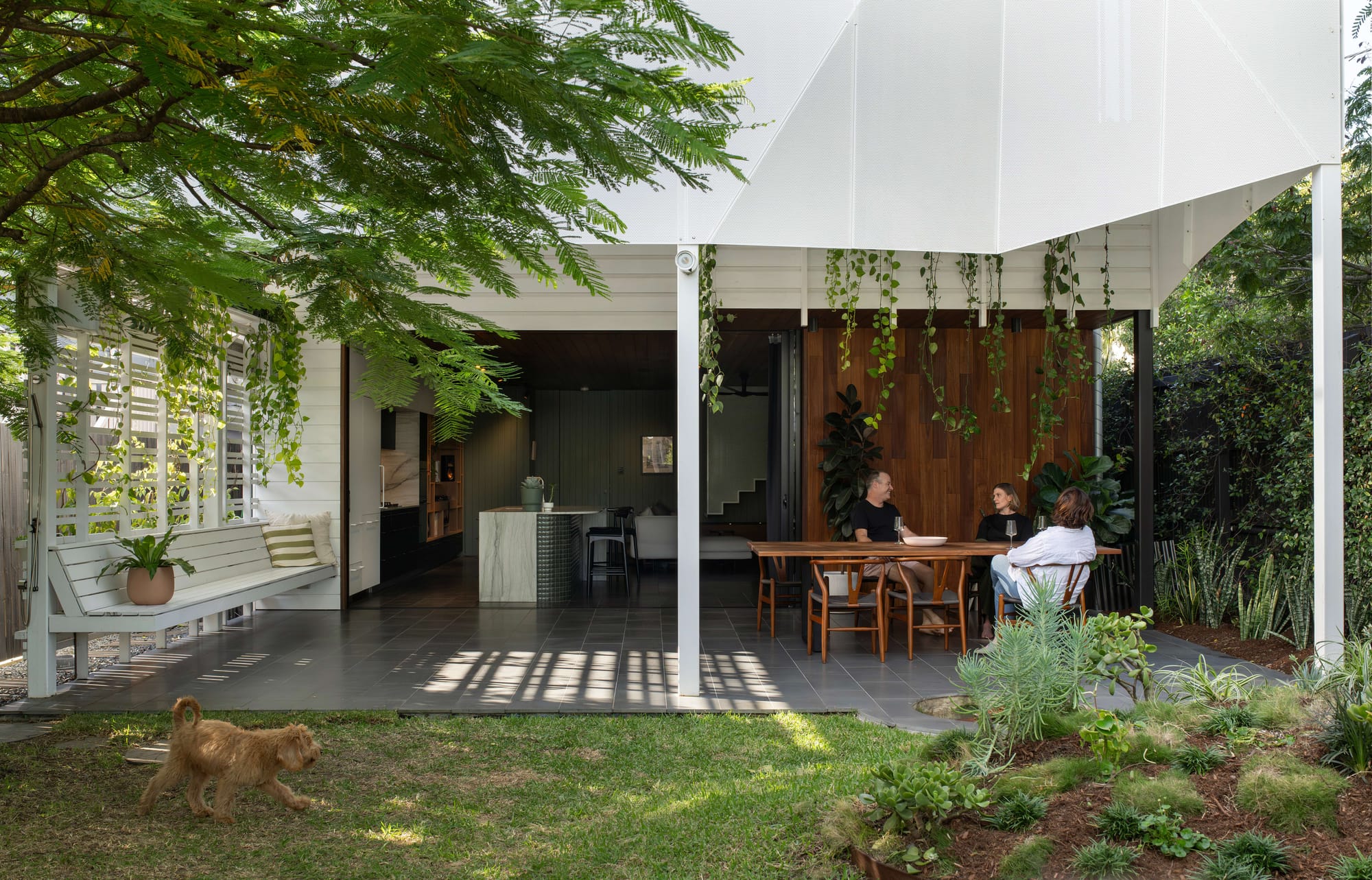
How to Decide: A Few Key Questions
- Is your home’s layout basically functional — or fundamentally flawed?
- What will deliver the most value long-term — emotionally and financially?
- Does your suburb support significant upgrades (or limit what’s allowed)?
- How much time can you commit to design, approvals, and construction?
- Are you willing to move out temporarily — or live through works?
These questions aren't just practical — they're deeply personal. Your answer will come from clarity about your life stage, your values, and your hopes for how home should feel.
The decision to renovate or rebuild is rarely straightforward — but it doesn’t have to be overwhelming. At its heart, it’s a question about lifestyle: how do you want to live, and what does your home need to do to support that vision?
Whether you choose to honour your home’s history or write a brand new story, the right professionals can guide you toward thoughtful decisions rooted in experience, empathy, and great design.
At CO-architecture, we connect homeowners with architects and designers who understand the beauty and complexity of Australian homes. From feasibility to finished product, we’re here to help you navigate your next chapter with confidence.
Frequently Asked Questions (FAQ)
How do I know if I should renovate or rebuild?
Consider the condition of your current home, your lifestyle needs, budget, and local planning controls. If your home's structure is solid and your needs are mainly cosmetic or functional, renovation may be the answer. If you're dealing with major issues or need a completely different layout, rebuilding might offer better long-term value.
Is it more expensive to rebuild than renovate?
Rebuilding usually comes with a higher upfront cost, but it can be more cost-effective per square metre and offer better energy performance and future value. Renovations can appear cheaper but often involve hidden costs and design compromises.
Will I need council approval for both?
Yes — both options often require council involvement. Renovations may fall under a Complying Development Certificate (CDC), while rebuilds generally require a full Development Application (DA) and may need additional assessments.
Can I live in my house during a renovation or rebuild?
For most renovations, it’s possible to stay at home — especially if the work is staged. For a rebuild, you’ll need to vacate for the duration of construction. Temporary accommodation should be factored into your budget and timeline.
Which option adds more resale value?
It depends on the suburb, buyer demand, and quality of the work. In high-growth areas, a well-designed new build can command a premium. In established suburbs, a beautifully renovated character home may be more desirable.
Disclaimer: This article provides general information and does not substitute professional architectural, planning, or financial advice. Always consult relevant professionals before committing to major building work.
Let Us Help You Find the Right Professional
Not sure where to start with finding a builder, architect, or interior designer? We've got you covered. Our network includes trusted, experienced professionals who understand the Australian building landscape — and your unique vision.
Get Matched With the Right Professional

